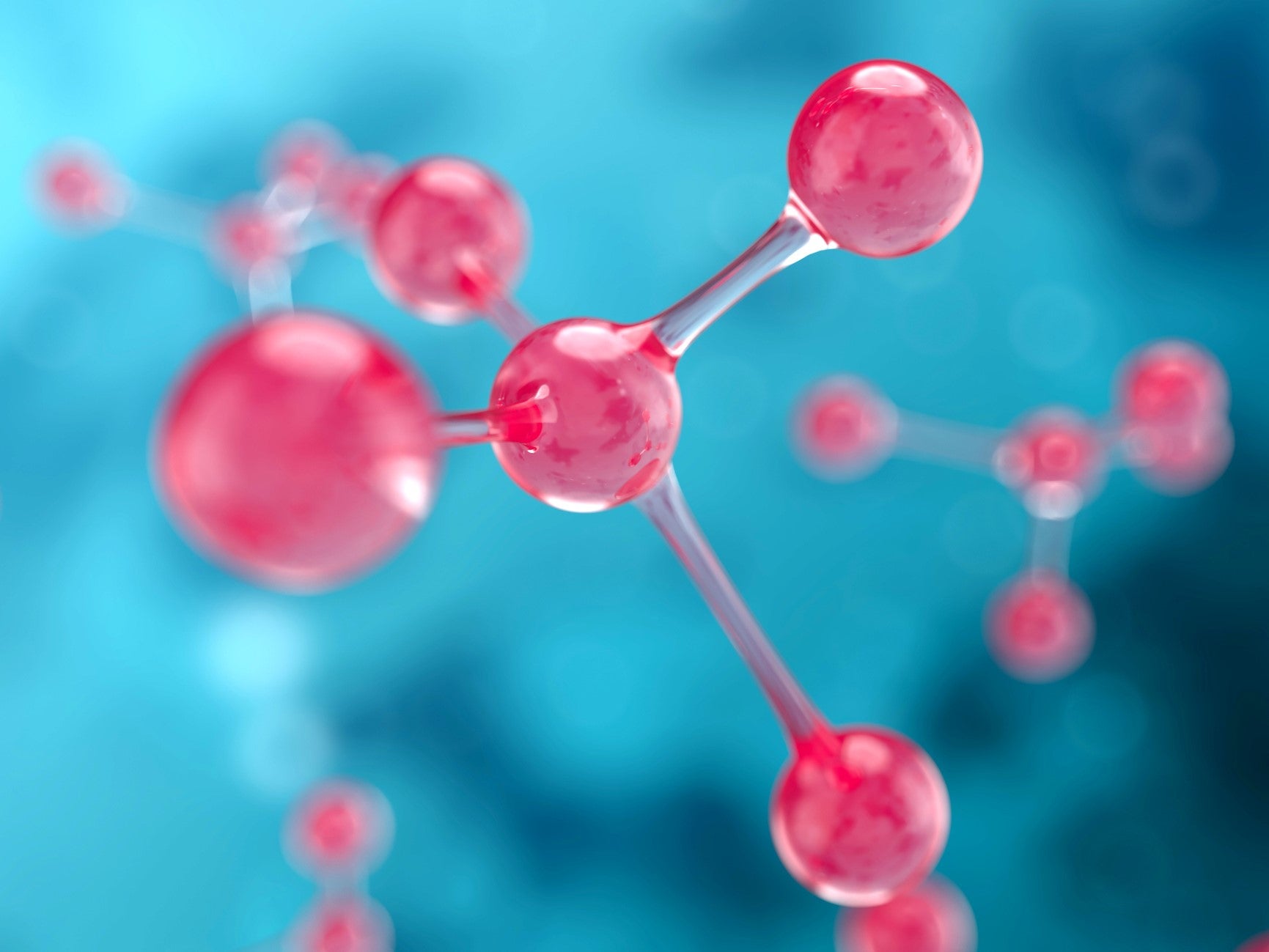AI model discovers drugs 1,000-times faster than current methods
Industry figures say it offers hope for quickly discovering cancer and tumour treatments

Your support helps us to tell the story
From reproductive rights to climate change to Big Tech, The Independent is on the ground when the story is developing. Whether it's investigating the financials of Elon Musk's pro-Trump PAC or producing our latest documentary, 'The A Word', which shines a light on the American women fighting for reproductive rights, we know how important it is to parse out the facts from the messaging.
At such a critical moment in US history, we need reporters on the ground. Your donation allows us to keep sending journalists to speak to both sides of the story.
The Independent is trusted by Americans across the entire political spectrum. And unlike many other quality news outlets, we choose not to lock Americans out of our reporting and analysis with paywalls. We believe quality journalism should be available to everyone, paid for by those who can afford it.
Your support makes all the difference.Researchers have developed an artificial intelligence model that can find potential drug molecules more than 1,000 times faster than current state-of-the-art methods.
The team from Massachusetts Institute of Technology (MIT) say the AI model, called EquiBind, will significantly reduce the chances and costs of drug trial failures.
The number of molecules that have potential drug-like traits is gargantuan, estimated to be around 1060. By comparison, the Milky Way galaxy has around 108 stars.
The EquiBind model is able to successfully bind these drug-like molecules to proteins at a rate that is 1,200 times faster than one of the quickest existing computational molecular docking models.
EquiBind achieves this through built-in geometric reasoning that allows it to predict which proteins will fit to a molecule without any prior knowledge of its target pocket.
“We were amazed that while other methods got it completely wrong or only got one correct, EquiBind was able to put it into the correct pocket, so we were very happy to see the results for this,” said Hannes Stärk, a first-year graduate student at the MIT Department of Electrical Engineering and Computer Science and lead author of the paper describing the research.
The findings have already attracted the attention of industry figures, with hopes that it can be used to find treatments for lung cancer, leukemia and gastrointestinal tumours.
“EquiBind provides a unique solution to the docking problem that incorporates both pose prediction and binding site identification,” said Pat Walters, the chief data officer for drug discovery firm Relay Therapeutics.
“This approach, which leverages information from thousands of publicly available crystal structures, has the potential to impact the field in new ways.”
The paper, titled ‘EquiBind: Geometric Deep Learning for Drug Binding Structure Prediction’, will be presented at the International Conference on Machine Learning (ICML).

Join our commenting forum
Join thought-provoking conversations, follow other Independent readers and see their replies
Comments